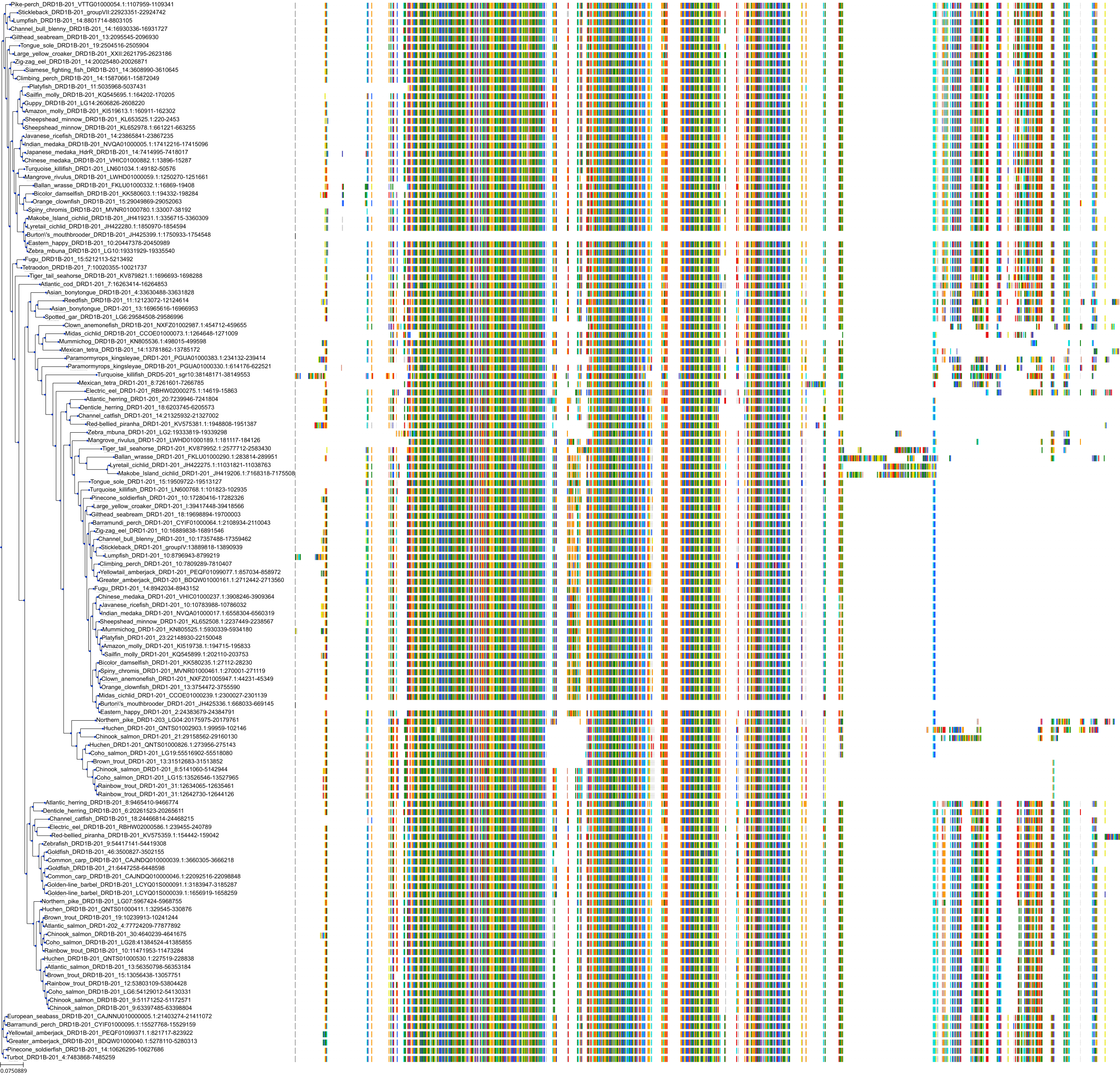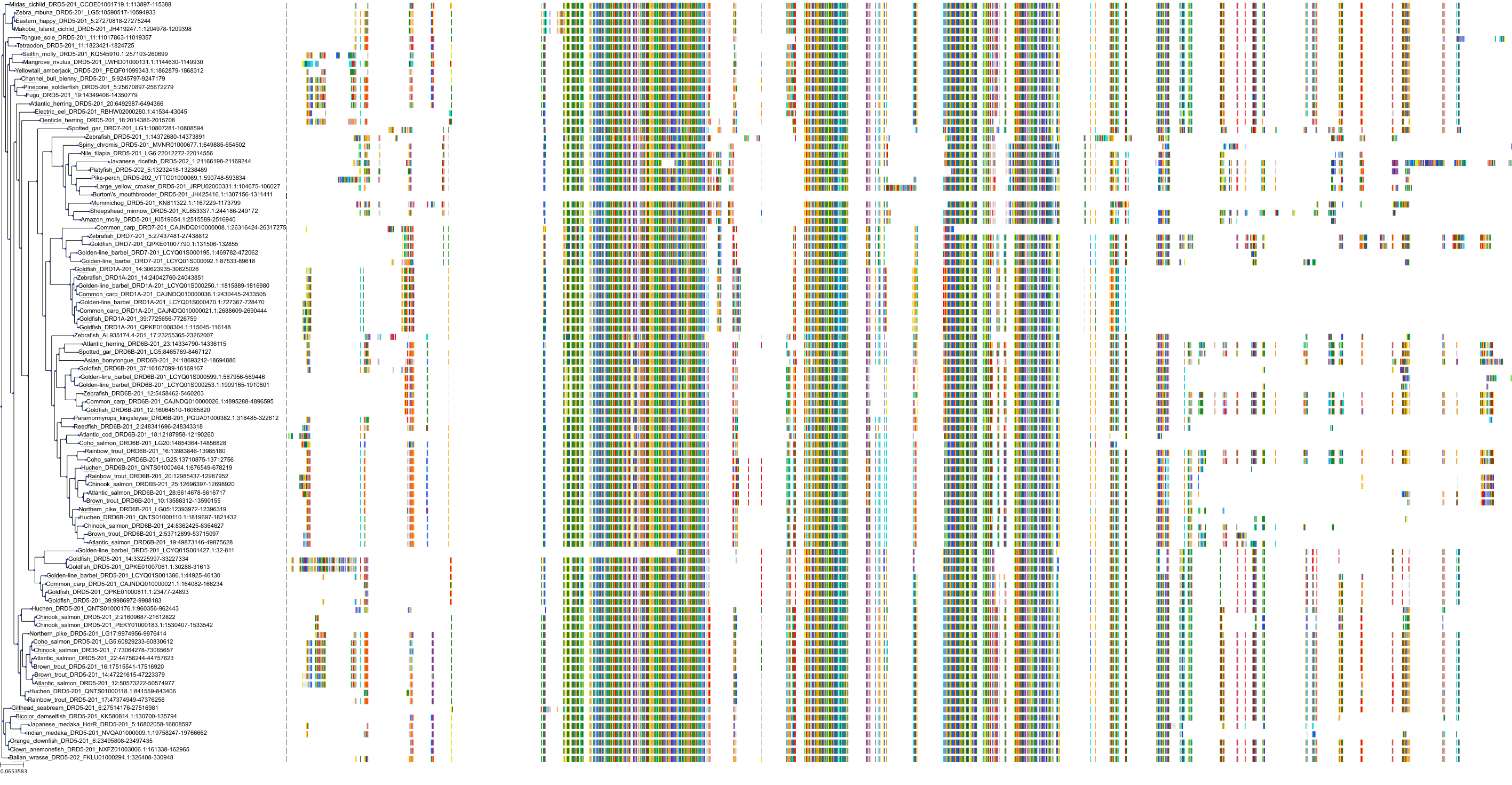| Synonyms | |
| Status | |
| Molecule Category | Free-form |
| UNII | PT4P8MJP8L |
Structure
| InChI Key | AKQXQLUNFKDZBN-UHFFFAOYSA-N | |
|---|---|---|
| Smiles | ||
| InChI |
|
Physicochemical Descriptors
| Property Name | Value | |
|---|---|---|
| Molecular Formula | C19H16F3N3O3 | |
| Molecular Weight | 391.35 | |
| AlogP | 3.56 | |
| Hydrogen Bond Acceptor | 5.0 | |
| Hydrogen Bond Donor | 1.0 | |
| Number of Rotational Bond | 3.0 | |
| Polar Surface Area | 76.98 | |
| Molecular species | NEUTRAL | |
| Aromatic Rings | 3.0 | |
| Heavy Atoms | 28.0 |
Bioactivity
| Mechanism of Action | Action | Reference | |
|---|---|---|---|
| Dopamine D1 receptor partial agonist | PARTIAL AGONIST | Other Other |
|
Protein: Dopamine D1 receptor Description: D(1A) dopamine receptor Organism : Homo sapiens P21728 ENSG00000184845 |
||||
|
Protein: Dopamine D5 receptor Description: D(1B) dopamine receptor Organism : Homo sapiens P21918 ENSG00000169676 |
||||
| Targets | EC50(nM) | IC50(nM) | Kd(nM) | Ki(nM) | Inhibition(%) | ||
|---|---|---|---|---|---|---|---|
|
Membrane receptor
Family A G protein-coupled receptor
Small molecule receptor (family A GPCR)
Monoamine receptor
Dopamine receptor
|
- | - | - | 9 | - |
Cross References
| Resources | Reference | |
|---|---|---|
| ChEMBL | CHEMBL3697617 | |
| DrugBank | DB14899 | |
| FDA SRS | PT4P8MJP8L | |
| PubChem | 86764100 | |
| SureChEMBL | SCHEMBL16334991 |



















